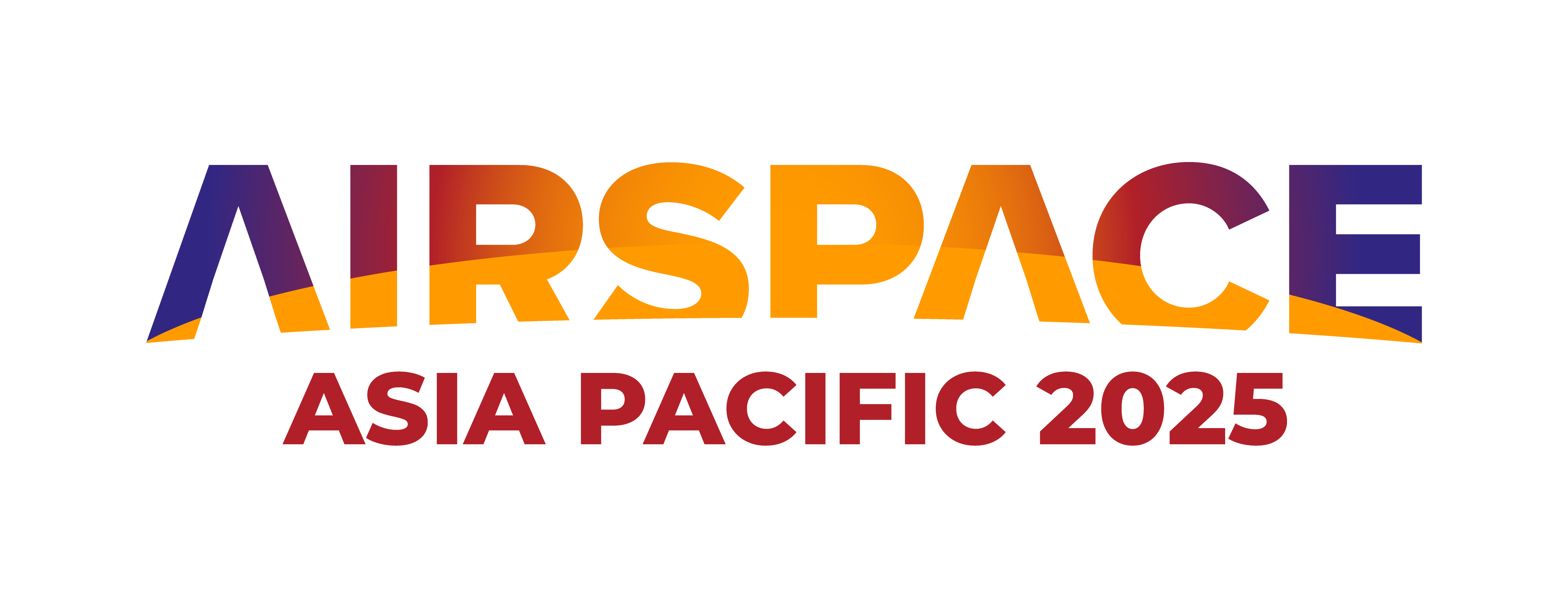Shaping the Future of Airspace
Driving the Conversation on the Future of Airspace Management
Join industry leaders, policymakers, and innovators at Airspace Asia Pacific for thought-provoking discussions on air traffic management, UTM, digitalisation, and sustainability.
The Airspace Asia Pacific Expo is the region’s leading forum for discussing air traffic management, unmanned traffic management, digitalisation, automation, and sustainability in aviation.
Featuring expert speakers, insightful panel discussions, and interactive sessions, the conference brings together key stakeholders, decision-makers, and innovators driving the next evolution of airspace operations.
Whether you’re looking to gain exclusive industry insights, understand regulatory shifts, or explore future technologies, this is the event where the most critical conversations in aviation happen.
Critical Discussions Driving Airspace Innovation
Airspace Asia Pacific 2025 will explore the most pertinent topics in ATM, UTM, and aviation transformation.
The Airspace Asia Pacific expo explores the most pressing challenges and opportunities in air traffic management and integration. This year’s themes include:
1
Accelerating Digitalisation, Automation, and AI for Future Skies
Asia-Pacific’s diverse aviation landscape presents a unique opportunity to advance rapidly into the future of airspace operations. This theme explores how digitalisation, automation, and AI can transform ATM services—enhancing predictability, performance, and safety. It will also examine the integration of AI-driven weather forecasting and real-time meteorological data into decision-making and automation systems to better anticipate and manage disruptions.
2
Seamless Airspace: Integrating Manned, Uncrewed, and Advanced Air Mobility
As drones, eVTOLs, and other uncrewed systems scale up, their integration into existing airspace is a priority for safety and efficiency. This theme examines operational, technical, and regulatory pathways to achieve seamless skies—focusing on ATM/UTM harmonisation, common infrastructure, and the collaborative management of shared airspace across Asia-Pacific.
3
Next-Generation Flow and Capacity Management in Asia-Pacific
Rising traffic and operational complexity demand a new era of Air Traffic Flow Management (ATFM) and Airport Collaborative Decision-Making (A-CDM). This theme highlights regional progress and the technological, procedural, and institutional changes needed to enable network-wide optimisation and resilience in one of the world’s fastest-growing aviation markets. Among the topics explored will be the evolving role of weather in ATM, including not only impact modelling but also the integration of real-time meteorological data, advanced forecasting services, and decision-support tools into flow and capacity management.
4
Catalysing the CATS Vision: A Roadmap for Asia-Pacific’s Skies of 2045
Anchored in the Complete Air Traffic System (CATS) Vision, this theme explores long-term strategies for transforming Asia-Pacific’s skies. It will address collaborative planning, advanced automation, workforce evolution, and the shift toward a seamlessly connected, digitally integrated, and performance-based ATM ecosystem. The focus is on aligning regional efforts with global aspirations for 2045 while enabling the safe and efficient integration of all airspace users.
5
Civil–Military Synergy and Airspace Optimisation
Shared airspace requires trust, data exchange, and coordination between civil and military stakeholders. This theme delves into effective civil-military cooperation models, digital coordination tools, flexible use of airspace (FUA), and joint approaches to capacity management—critical in Asia-Pacific where geopolitical and airspace pressures continue to evolve.
6
People, Partnerships, and Purpose: Building Asia-Pacific’s Future Aviation Workforce
The future of ATM and AAM depends on people. This theme focuses on attracting and empowering the next generation of aviation professionals across the region. Sessions will address skills development, STEM outreach, diversity and inclusion, and the partnerships needed to build a resilient, adaptable, and purpose-driven workforce.



